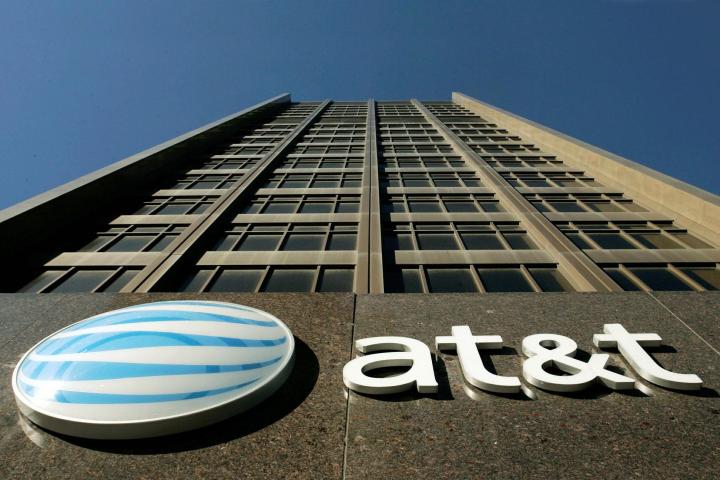
That’ll change, though, if AT&T has its way. Next year, the carrier will request that handset makers support FM radio on its network. The new policy aims to switch on FM radio “on as many [AT&T] devices as possible” according to NextRadio, AT&T’s strategic rollout partner. If all goes according to plan, it’ll be a seamless transition: newer smartphones will ship with FM hardware activated, and older handsets will get the functionality in over-the-air updates.
The move to enable FM on phones is surprising for AT&T, who (along with other carriers) benefits from encouraging customers to rely on data-hungry streaming apps for radio content. It’s possible that AT&T intends an ad revenue arrangement with NextRadio — the company codes branded radio apps — but the carrier may simply be caving to longstanding demands of the National Association of Broadcasters (NAB).
The group, which applauded AT&T’s announcement today, argues that the benefits of FM are threefold: it saves device power, provides a public safety cushion in the event of a widespread data outage, and grants access to local broadcasts not otherwise reachable. “Today marks a new beginning in mobile technology with the agreement by a global iconic brand, AT&T, to light up the FM receiver chips in all of its future Android smartphones,” a spokesperson for NAB said.
Broadcasters ultimate ambition is to enable FM radio across flagship phones, and they’re moving steadily along. Sprint partnered with NextRadio in 2013 to, like AT&T, make a concerted push for FM hardware and apps on smartphones. “We already have experienced handset makers activating [FM radio] across all carriers (for example, new models of HTC One and Moto phones) and AT&T’s request fuels the support,” said NextRadio in a statement.
But the road ahead won’t necessarily be easy. Phone manufacturers argue that the cost of FM and low listening numbers justify its exclusion. “Our studies show a trend shift of interest in digital broadcasting — namely, the focus on listening to music content on social networks or on YouTube,” Samsung told Russian publication Mail.ru in 2013. “The flagship model to our devices is targeted at consumers who use digital content, modern formats and channels of information consumption.”
AT&T’s new FM policy is a suggestion, not a directive — device giants like Samsung and LG are free continue releasing smartphones with FM chips disabled. But if radio operators’ plans do end up coming to fruition, your current/next phone may be able to tap into a wealth programming sans data.
Editors' Recommendations
- Have T-Mobile? Your 5G service is about to get much faster
- OnePlus 7T vs. iPhone 11: Which one will capture your next paycheck?
- The OnePlus 8T revives the monochrome phone camera, and it’s really good


